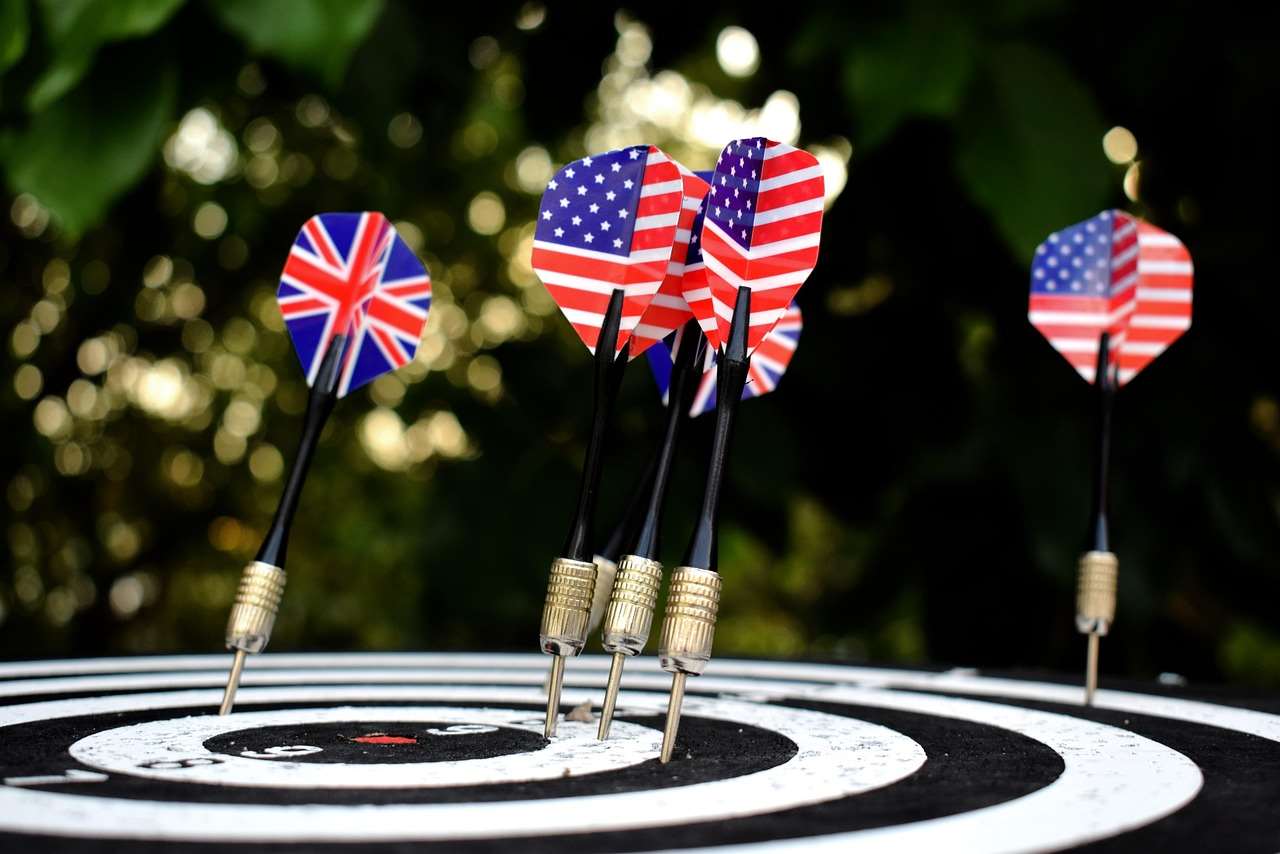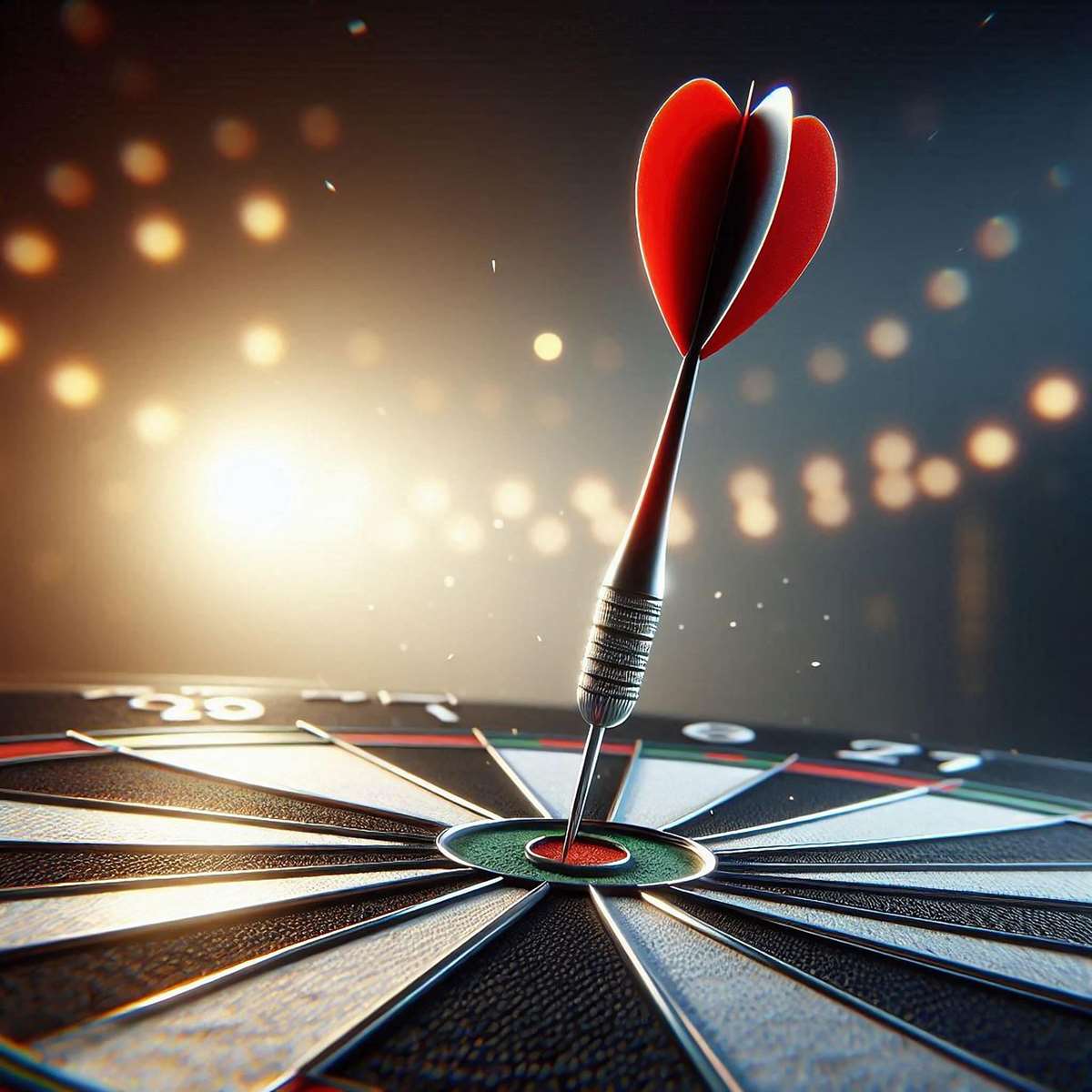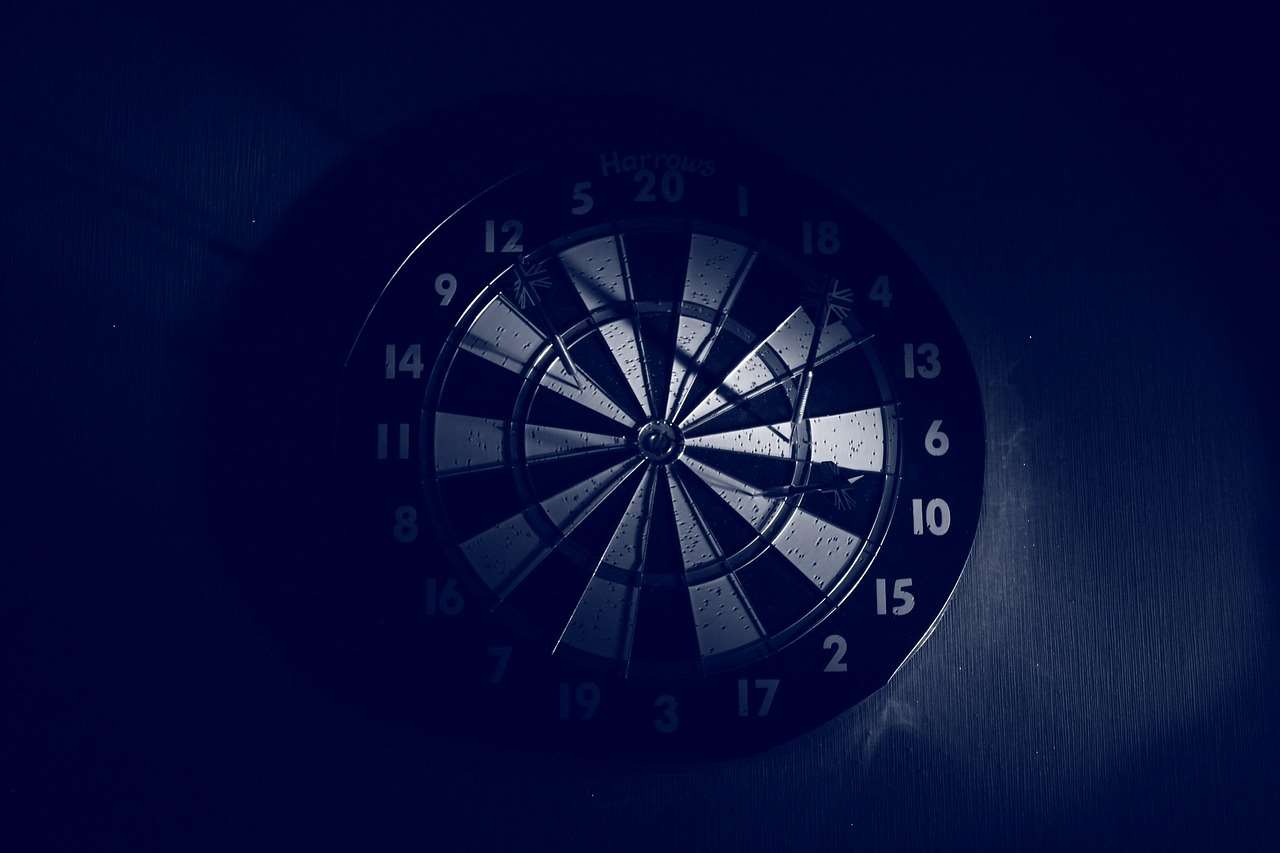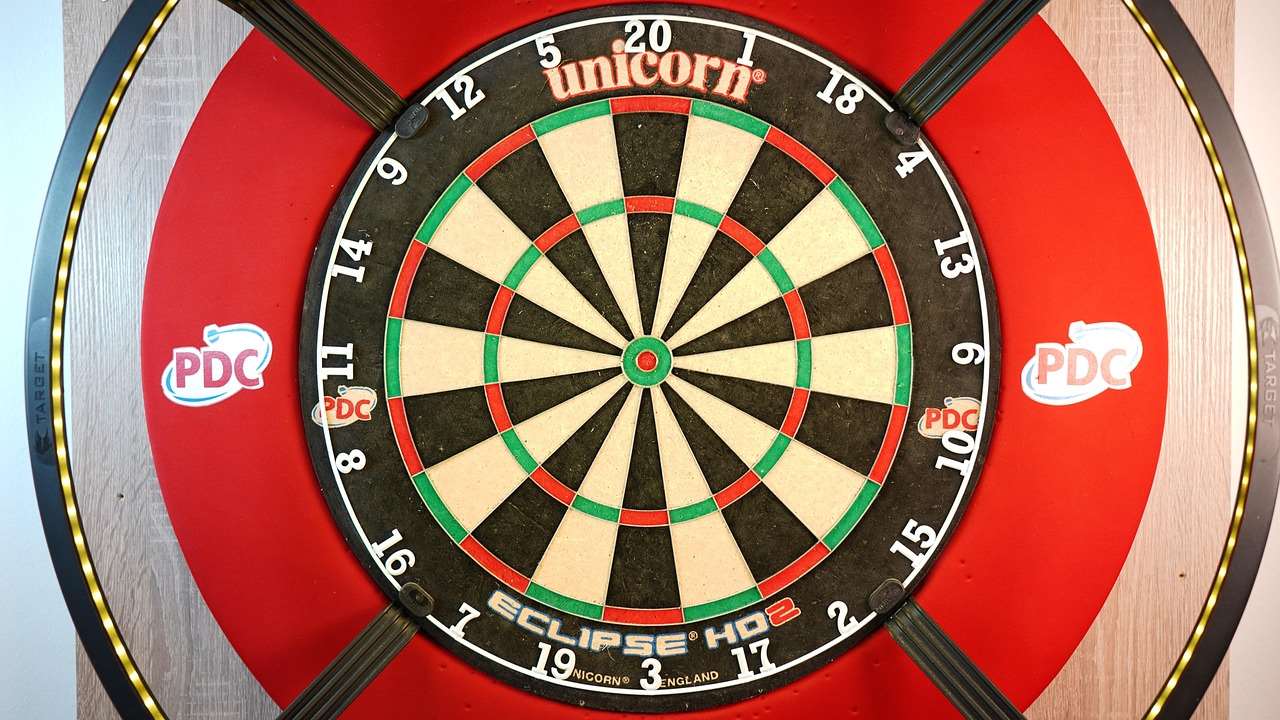The evolution of dart equipment regulations has aimed to standardize the game, ensuring fairness and consistent play across different leagues and competitions. This article will delve into the history of dart equipment regulations, tracing their development from early informal guidelines to the more structured rules we see today, and exploring the reasons behind these changes.
⚠️ Still Using Pen & Paper (or a Chalkboard)?! ⚠️
Step into the future! The Dart Counter App handles all the scoring, suggests checkouts, and tracks your stats automatically. It's easier than you think!
Try the Smart Dart Counter App FREE!Ready for an upgrade? Click above!
A Look at the Early Days: Informal Standardization
In the early days of darts, standardization was largely absent. Local pubs and clubs often had their own preferred dartboards and darts, leading to variations in gameplay. There was a need to Choose Best Dart Equipment, but what constituted “best” was subjective and localized. The lack of formal rules meant that the size of the dartboard, the material of the darts, and even the distance from the throwing line (oche) could vary significantly. This informal approach, while charming in its own way, hindered the game’s wider acceptance and competitive integrity.
Even though professional darts wasn’t as structured as it is now, unwritten rules and local customs often dictated what was acceptable. Dart players often had their favorite pubs or dart suppliers, so they were happy with the existing regulations.

The Rise of Governing Bodies and Formal Rules
The growing popularity of darts necessitated the establishment of governing bodies to bring order and consistency to the game. Organizations like the **National Darts Association (NDA) in the United States and the British Darts Organisation (BDO) in the United Kingdom began to codify rules**, including those pertaining to dart equipment. These initial regulations aimed to establish minimum standards for dartboard dimensions, weight limits for darts, and the proper distance of the oche. This marked a significant shift from the previous ad-hoc approach.
The BDO and the NDA played a crucial role in standardizing the game during the mid-20th century. Their regulations, while not always identical, provided a framework for fair competition and helped to promote the growth of darts on a national and international scale.
Key Areas Addressed by Early Regulations
- Dartboard Dimensions: Specifying the overall diameter and the dimensions of the scoring segments.
- Dart Weight: Establishing a maximum weight limit to prevent unfair advantage.
- Oche Distance: Defining the precise distance from the throwing line to the dartboard.
The World Darts Federation (WDF) and International Standardization
The creation of the **World Darts Federation (WDF) in 1976** was a pivotal moment in the history of dart equipment regulations. The WDF aimed to unify the rules of darts across different countries and organizations, leading to a more consistent and internationally recognized standard. This involved harmonizing existing regulations and developing new ones to address emerging issues.
The WDF’s involvement helped to consolidate the rules for professional darts, making it easier for players to compete in international tournaments. It helped level the playing field, ensuring that players were competing under the same conditions, regardless of their location.

Current Dart Equipment Regulations: A Detailed Overview
Today, dart equipment regulations are highly detailed and enforced by governing bodies like the WDF and the Professional Darts Corporation (PDC). Here’s a breakdown of the key aspects:
Dartboard Specifications
- Material: Typically made of sisal fibers, tightly packed together.
- Diameter: The official diameter is 451mm (17 3/4 inches).
- Wiring: The spider (the wire separating the scoring segments) must be thin and designed to minimize bounce-outs.
- Bullseye: The outer bull (25 points) and inner bull (50 points or double bull) must adhere to specific dimensions.
Dart Specifications
- Weight: Maximum weight is 50 grams.
- Length: Maximum length is 30.5 cm (12 inches).
- Material: Barrels can be made of various materials, including tungsten, brass, and nickel-silver.
- Flights: Flights can be made of various materials like plastic or nylon, and they influence the dart’s stability in flight.
- Points: Points can be fixed or replaceable, with different lengths and designs.

Oche Specifications
- Distance: The standard distance from the front of the dartboard to the throwing line (oche) is 2.37 meters (7 feet 9 1/4 inches).
- Height: The height from the floor to the center of the bullseye is 1.73 meters (5 feet 8 inches).
- Line Marking: A clearly marked line must be present at the oche.
Deviation from these measurements may result in disqualification in professional competitions. The regulations are in place to give every player a chance at winning. It is also good practice when you Buying Guide Budget Premium Dart Sets to see if the products comply with the regulations.
The Impact of Material Technology on Dart Equipment Rules
Advances in materials science have also influenced dart equipment regulations. For example, the development of high-density tungsten alloys allowed for slimmer dart barrels, which in turn improved grouping and scoring. This led to discussions about whether certain materials should be restricted to maintain a level playing field. The debate about **tungsten darts** versus other materials is ongoing, with most professional players preferring tungsten due to its density and grip.
Regulations may be adjusted to accommodate new technologies. In this case, more advanced materials were generally allowed, the main concern being the size, length and weight of the dart.
Enforcement and Penalties
Enforcement of dart equipment regulations varies depending on the league or tournament. In professional events, officials carefully inspect darts and dartboards to ensure compliance. Players found to be using illegal equipment may face penalties ranging from warnings to disqualification. In amateur leagues, enforcement is often less strict, but adherence to the basic rules is still expected.

The Future of Dart Equipment Regulations
As darts continues to evolve, so too will dart equipment regulations. Possible future developments might include rules regarding dart flight technology, smart dartboards with electronic scoring, or even regulations on throwing aids. The goal will always be to balance innovation with the need for fairness and competitive integrity.
One emerging area of interest is the potential impact of personalized dart equipment. As 3D printing and other advanced manufacturing techniques become more accessible, players may be able to create highly customized darts tailored to their individual throwing styles. This could necessitate new regulations to prevent unfair advantages arising from highly specialized equipment.

Conclusion: The Importance of Standardized Rules
The history of dart equipment regulations reflects the game’s journey from a casual pastime to a highly competitive sport. These regulations are essential for ensuring fair play, maintaining the integrity of competitions, and promoting the continued growth of darts worldwide. Whether you are a casual player or an aspiring professional, understanding these rules is crucial for enjoying and succeeding in the game.
As the sport of darts continues to grow, it is imperative that everyone, including fans, players, and officials, understand these regulations. Always strive to Investing In Premium Dart Equipment and enhance your game.
Hi, I’m Dieter, and I created Dartcounter (Dartcounterapp.com). My motivation wasn’t being a darts expert – quite the opposite! When I first started playing, I loved the game but found keeping accurate scores and tracking stats difficult and distracting.
I figured I couldn’t be the only one struggling with this. So, I decided to build a solution: an easy-to-use application that everyone, no matter their experience level, could use to manage scoring effortlessly.
My goal for Dartcounter was simple: let the app handle the numbers – the scoring, the averages, the stats, even checkout suggestions – so players could focus purely on their throw and enjoying the game. It began as a way to solve my own beginner’s problem, and I’m thrilled it has grown into a helpful tool for the wider darts community.